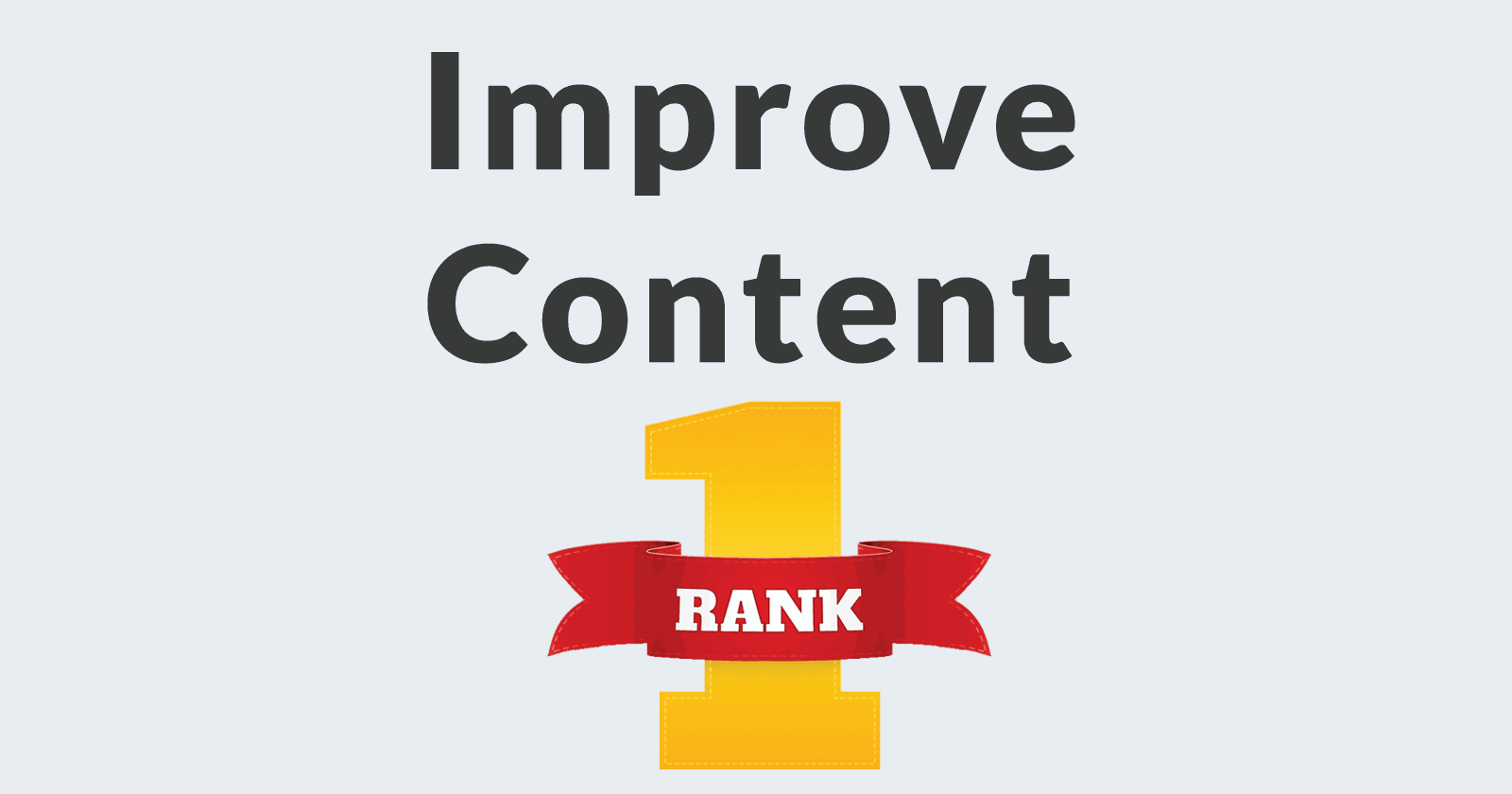It’s a common saying that “content is king. But that’s not been true for a long time now. There’s a new focus for ranking better that exponentially improves upon publishing content.
In the past many did well cranking out content that was salted and peppered with the keywords they wanted to rank for. This was a time when site maps could rank in Google’s search results.
Some people were even repurposing old college papers and collecting ad revenue from the traffic.
Content No Longer King
But Google doesn’t send traffic to random content anymore. Algorithms like Panda came out that targeted manufactured content designed around keywords.
Today, Google sends precise traffic to specific content that relates directly to what the user’s goals are (also known as search intent).
In other words, Google is ranking content according to how it relates to what the user wants.
Rather than Content is King, the more appropriate aphorism is The User’s Goal is Royalty.
The following are my top three recommendations for super charging content so that it has a better chance at ranking.
How to Improve Content
1. Identify User Goals
I find that, for some queries, Google tends to rank pages according to what a user is trying to do.
So, for a page/topic it’s important to understand the inherent goal of the site visitor, what they want to achieve, then write to that goal/aspiration.
I think it’s naive and superficial to identify words that are commonly associated with a keyword and including those words like salt and pepper on a piece of chicken.
That approach lacks the more important factor of understanding what users want.
“What users want” (i.e. what they’re trying to accomplish) is what influences what words are commonly associated with a given keyword phrase.
So the approach of salting content with “associated keywords” entirely misses the point of what it means to publish “useful content.”
A lure maker isn’t selling lures. They are selling the ability to catch fish. So the content should reflect that, “Catch more fish with…”
2. Communicate, Demonstrate and Tell Stories with Images
Proper use of images that complements and extends the communication of the given topic/web page will help that web page rank better.
Images that contain a meaning that matches what the user is trying to accomplish will in my experience strengthen the rankings of what that web page is about. In my experience the images may contribute to help the page rank in the featured snippets at the top of the web page.
Don’t match the image with keywords. In my experience it’s better to illustrate how something is accomplished or reflect the outcome that the user expects.
So if the user expects to achieve something specific from using your product then the image should communicate someone achieving that result.
Another approach is an image that demonstrates how to achieve that result, like in a step by step graphic.
3. Be Concise and On Topic
Staying on topic, whether it’s a broad or narrow topic, and keeping it focused will help encourage site visitors to stay with you all the way to the end of the page, where they might be more inclined to respond to a Call to Action (CTA), a Buy Button or an affiliate link.
Just as importantly, being focused and concise helps the search engine understand what the web page is about.
This last part, communicating what a web page is about is the essence of SEO at it’s most fundamental. Making a web page easy to understand is the meaning of the “O” part of the acronym SEO.
But just as importantly, there’s been a shift in what it means to be relevant. It’s no longer about being relevant to keyword phrases. It’s increasingly more about being relevant to what users are trying to accomplish and then addressing that in the content.
More Resources
FAQ
Is content still king?
Content is no longer king. Today, Google is ranking content according to how it relates to what the user wants. Rather than “Content is king”, the more appropriate aphorism is “The user’s goal is royalty.”
Are images important for content?
Images that help communicate, demonstrate and tell stories of the given topic will help content rank better.




